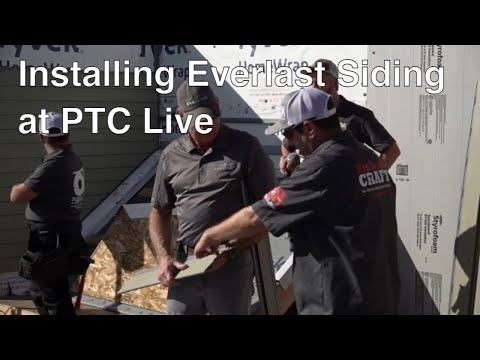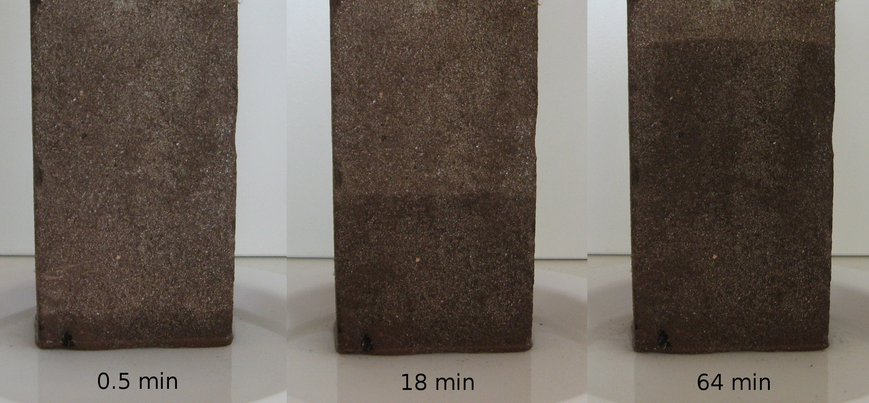Continuous exterior insulation blankets exterior framing from the outside world. The video features John Miller of Northstar Associates (who is doing a stand-up job as a last-minute substitute) along with David Enstad and Joseph Stout from OA Design + Build + Architecture (+ Tradeshows?) to demonstrate the hows and whys of continuous exterior Styrofoam insulation.
Continuous insulation lowers moisture problems
Continuous exterior insulation buffers the temperature difference between the interior drywall and the exterior wall sheathing. A steady temperature means that warm, moist air never comes into contact with a cold surface, where it will condense. It also eliminates the direct connection from inside to outside through every stud, plate, joist, rim, and header.
How does it eliminate moisture problems? Moving the dew point from the back of the exterior sheathing to somewhere in the middle of the Styrofoam—where water molecules will never find it. For more about dew point, listen to Dew Point: 7 Minutes of BS (#BuildingScience).
Continuous exterior insulation improves IAQ
Continuous insulation also drastically cuts down on air leaks because it is an additional continuous layer covering the walls. Taping the seams of the Styrofoam and the Tyvek under it will significantly slash air leaks.
Yet another benefit to controlling airflow and moisture movement through walls is superior indoor air quality. Air that leaks through walls transports all sorts of pollutants—like mouse droppings, dirt trapped in insulation, dust, and radon from the basement—it's a lot.
In short, it is a simple way to significantly increase a building's energy performance, IAQ, and durability.











